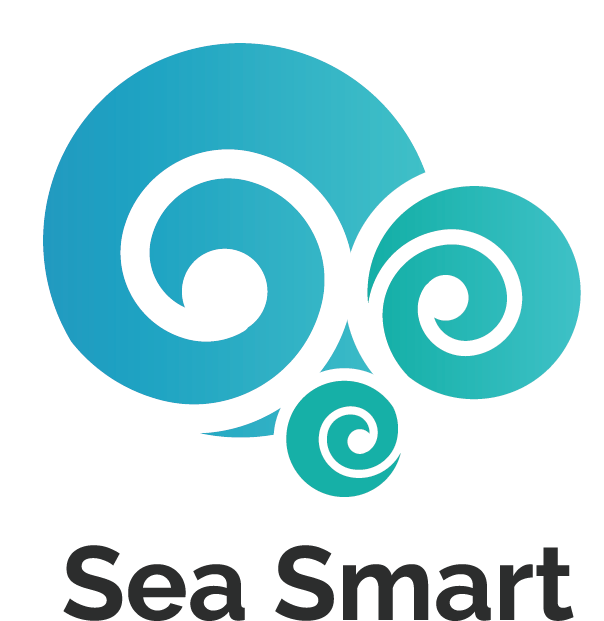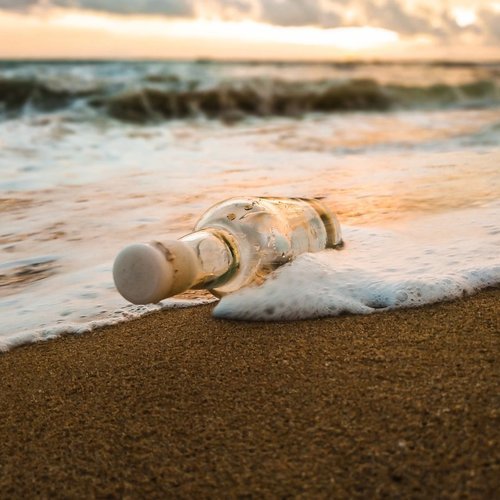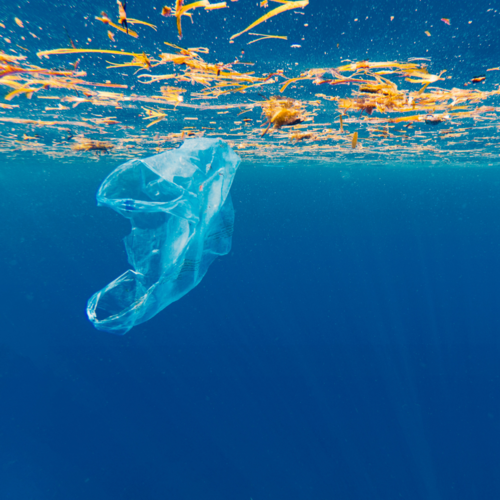19 Ocean Pollution Facts Everyone Should Know
The ocean is full of beauty, mystery, and power. But it’s also highly vulnerable and fragile. Ocean pollution not only hurts marine life, but it also poses a risk to all the life on earth that the oceans support.
Here are some alarming stats about ocean pollution:
Ocean pollution affects more than 817 animal species around the world, a figure that has increased by 23% in the last 5 years alone.
Plastic is one of the most common causes of ocean pollution.
The majority of the waste we produce on land eventually reaches the oceans, whether intentionally or not. There are various ways by which this happens. For example:
Littering
Sewage
Ocean mining
Oil spills
Agricultural runoff
Toxic chemicals
Air pollutants
Maritime transportation
Ocean pollution depletes oxygen content in the water, causes failure in the reproductive system of marine animals, and contaminates the food chain, ultimately impacting human health.
Here are some important ocean pollution facts that highlight the seriousness and state of ocean pollution today:
Plastics are the most common element found in the ocean. Plastic is particularly harmful to the environment as it does not break down easily and is often mistaken as food by marine animals.
According to a study completed by the University of Georgia, 18 billion pounds of plastic trash winds up in our oceans each year. That’s enough to cover every foot of coastline around the world with five full trash bags of plastic.
The 5 most common items found in coastal cleanups around the world are all single-use items. That includes plastic cigarette butts, food wrappers, plastic beverage bottles, plastic bottle caps, plastic straws, and drink stirrers.
There are 5.25 trillion pieces of plastic debris in the ocean. Of that 5.25 trillion, 269,000 tons float on the surface, while some four billion plastic microfibers per square kilometer litter the deep sea.
100 million pounds of plastic fishing gear lost annually is equivalent in weight to 285 blue whales
Plastics cause more than 80% of the negative effects on animals associated with ocean trash.
Ocean pollution kills over one million seabirds each year.
One survey off the coast of Monterey discovered that ocean pollution is more common in deep waters (more than 2,000 feet deep), with the most common offenders being plastic bags, metal cans, fishing equipment, glass bottles, shoes, and tires.
Research estimates anywhere from 15 to 51 trillion particles of microplastic are floating in our oceans, weighing anywhere between 205 and 520 million pounds. This includes plastic microbeads and synthetic fibers, both of which are too small to be filtered out by most wastewater treatment plants.
Billions of pounds of trash and other pollutants enter the ocean each year.
Over 100,000 marine animals die yearly due to plastic entanglement and ingestion.
Carbon emissions harm the oceans and air. If our consumption and carbon emissions continue the way they are now, the surface water of the ocean could become 150% more acidic.
Ocean noise is a form of ocean pollution. Ships, tankers, and shipping containers emit sounds like high-intensity sonar and air guns. This noise pollution injures fish and disrupts their habitats.
80% of sewage that flows into the Mediterranean Sea is untreated, which can lead to disease.
Oil spills only contribute to 12% of the oil in the ocean. 36% of the oil comes from runoff sources from cities and industries.
Approximately every square mile of ocean has over 46,000 pieces of plastic floating in it.
Widespread pollution has created dead zones, places, where it is no longer possible to support marine or plant life. There are about 500 dead zones in the ocean, equivalent in size to the entire United Kingdom.
Over ⅓ of the Atlantic ocean has been negatively impacted by pollution. The Atlantic ocean is critical habitat for shellfish, and shellfish businesses on the East Coast have been negatively impacted as a result.
Fish and other marine life often can’t tell the difference between plastic and food. Animals eat the plastic and then are unable to digest it. Marine animals fill their stomach with plastic and end up starving to death.
Although these facts are both alarming and sobering, it’s not too late to save our oceans. We have a chance to do it now. Time and time again, we have seen that when we protect endangered species, harvest wisely, and restore habitats, nature proves itself to be remarkably resilient.
There are many ways to help. You can join us on a shoreline cleanup, or take part in our educational events. You can also donate to be a part of our conservation efforts. Thanks to your generous donations, we’ve been able to make a huge impact by protecting our oceans and empowering over 500,000 youth across the world to become ocean heroes. When you donate to Sea Smart, 100% of your donation goes directly to inspiring youth and communities in need to become sustainability champions and to powerful waves of change around the world.




